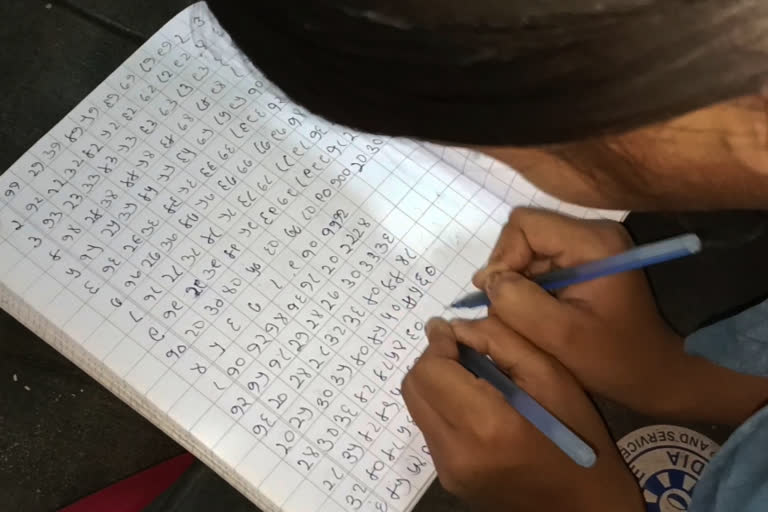Nashik (Maharashtra): A primary school located in a small village called Hiwali is running an unusually efficient curriculum that runs 365 days a year, 12 hours a day. Even the youngest of the students enrolled here are ambidextrous, can recite tables up to 1000, and answer logical, mathematical, and general knowledge questions in a fraction of a second. A lot of students enrolled every year here come out extraordinarily talented despite coming from uneducated and poor families.
The Hiwali primary school, located about 75 km away from Nashik, is a government school run by the district authorities -- but it is nothing like the mostly infamous rural schools in India. Apart from the official school syllabus that the state's education board has in place, this school also teaches its students basic survival skills. It employs plumbers, electricians, carpenters, and other such professionals to teach the students these skills. Praying, meditation, exercise, and sports hold an equally important place in the school's curriculum.
The students here are keen on going to school despite the school hours lasting almost the entire day from 8 am to 8 pm. The fixed routine here is never disrupted; starting from the morning prayers, followed by some social work, exercise, recitation, writing, and finally the lessons at school with breaks for meals twice. The students here are never weary of attending school.
The walls of the schools can be seen laden with beautiful Warli paintings -- a result of one of the many creativity-oriented initiatives conducted by the school. "We painted this wall some time ago after study hours. Some houses in the village were also painted," said a student.
"We go to school throughout the year. The school gives us two meals, so our parents have nothing to worry about. Our schedule here is fixed," he added, further stating that almost all of his schoolmates are ambitious with dreams of becoming doctors, IAS officers, and police officers in the future. "Sometimes, the elder students at the school teach the younger ones. We also have access to YouTube to learn things through online visuals," he added.
Also read: Padma Shri Rahibai Popere's journey from a poor farmer to 'Beej Mata'
Considerably recognized across the state by now, the school has some of its alumni teaching the students. Keshav Gavit, a former student of the school who now works as a teacher there, says he wants to add more value to the system that the school operates on. "Having pursued my primary education at this school, I have certain ambitions towards it. I have closely seen how things operate here and what could be the possible problems that the students -- who mostly come from poor, rural, and tribal backgrounds -- may face," he says.
"I try my best to add value and make the system more efficient. I have seen the growth the school has been through since my time, when I was a student here. There is a satisfaction in teaching the students here, who are also equally keen and responsive towards all sorts of learning," Keshav adds.
Babasaheb Ushir, who is currently appointed as the headmaster at the Hiwali school, says he is content with how well the school manages to function at all times even though the teachers barely have an active role in keeping things in motion here. "There are some elder students teaching the younger ones after they finish their lessons. They teach their juniors in whatever capacity they can -- be it recitation, writing, maths, or art. We have also employed some professional artisans for teaching," Ushir said.
In an attempt to stay technologically up-to-date, the school has also started using YouTube as a regular medium of teaching. "Students get access to the internet here and they make the best use of the opportunity. They have learned several things from YouTube with minimal guidance, all by themselves. The improvement I have seen in their English written and spoken skills is extraordinary," a proud Ushir added. Even as this almost Utopian school continues to function away from the urban luster of Ivy League schools, it strives to brighten the future of the mostly underprivileged, poor, and tribal students here.



